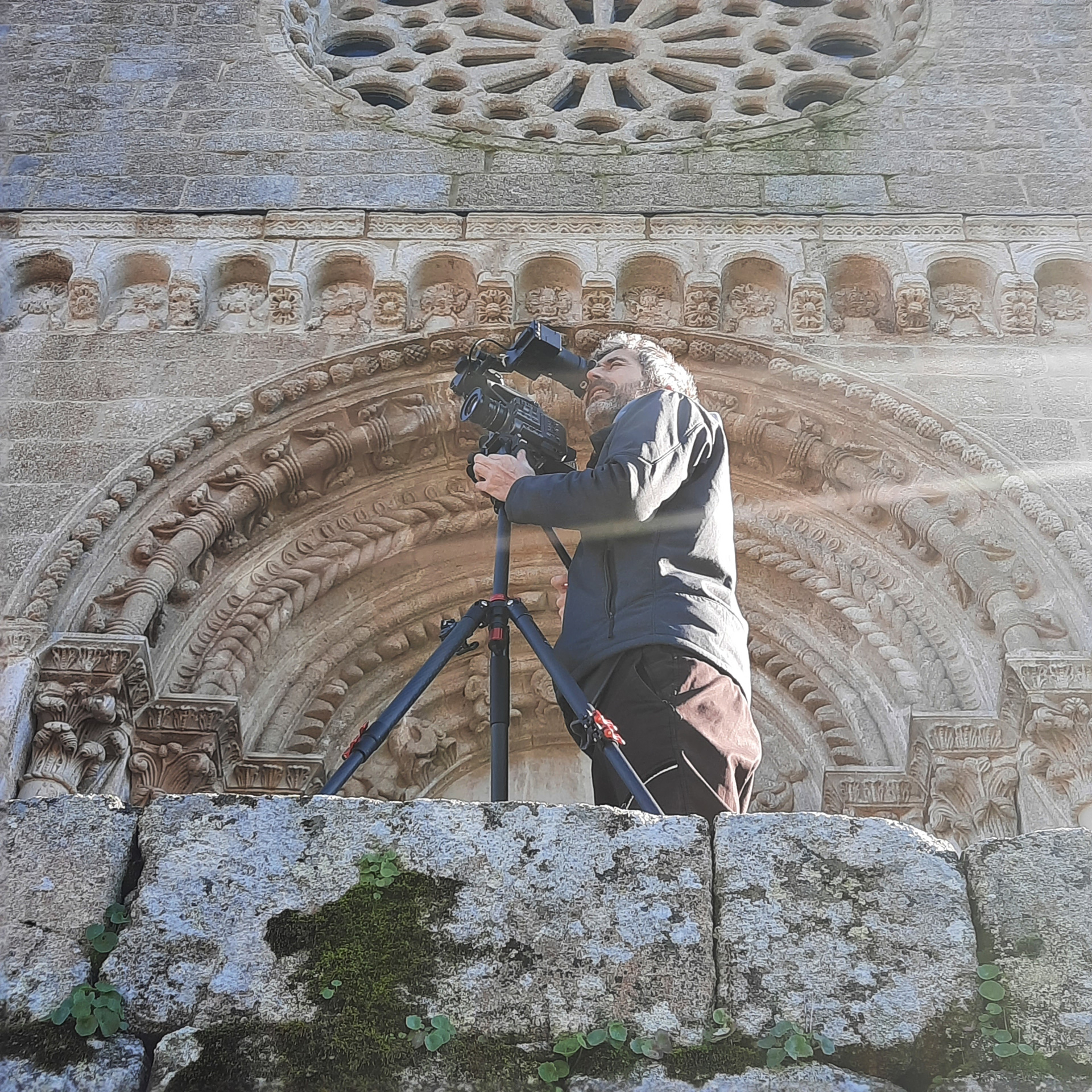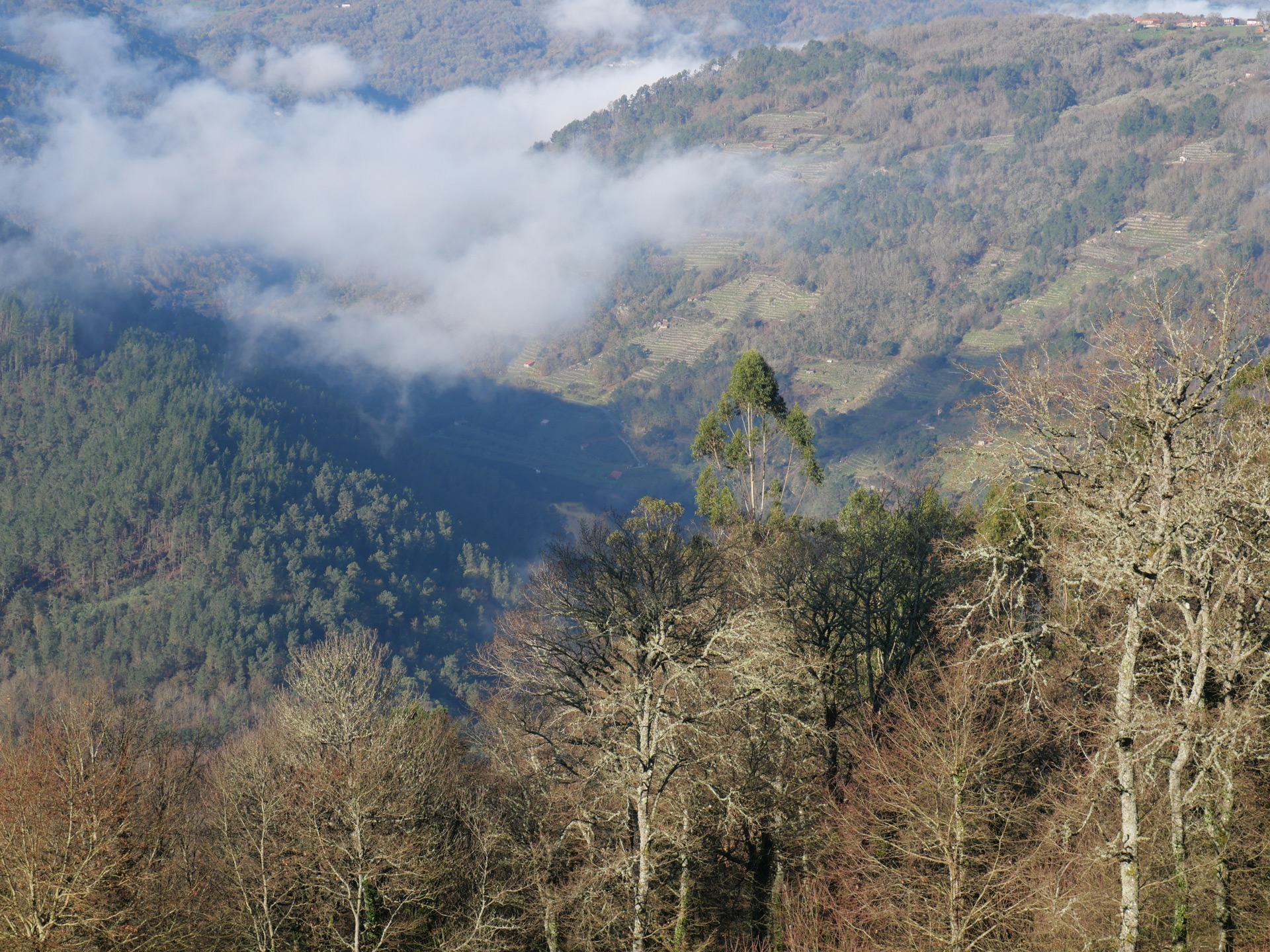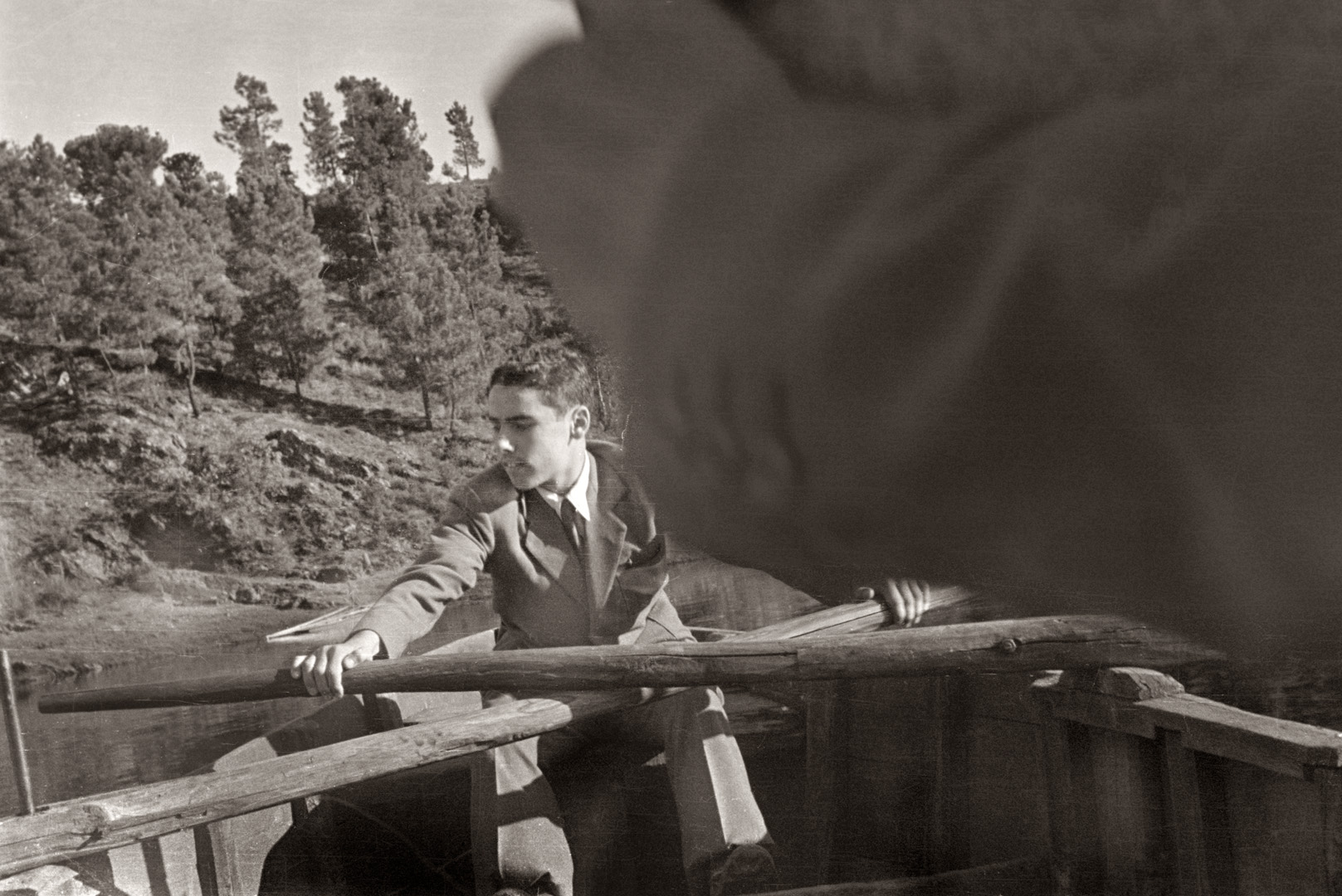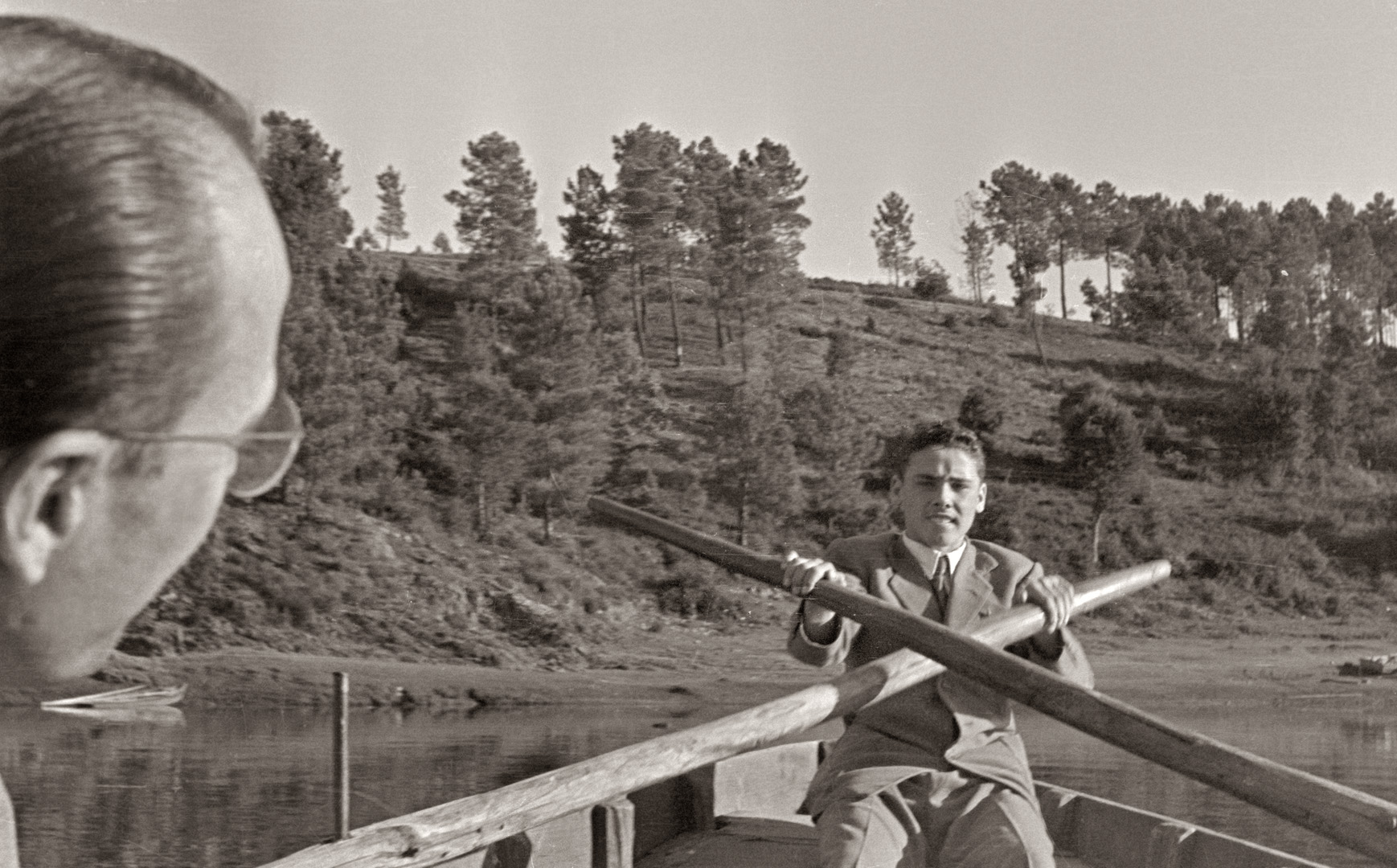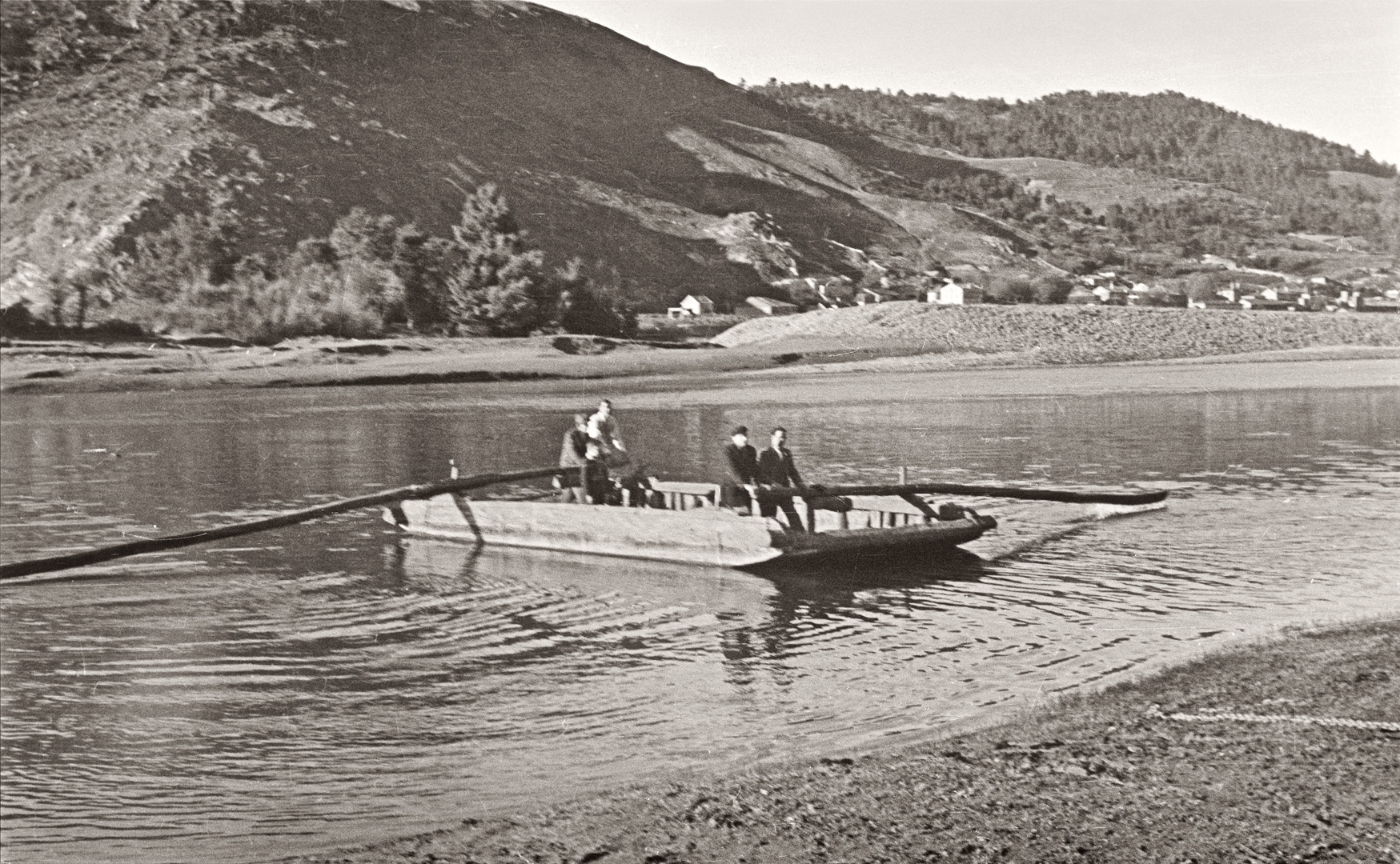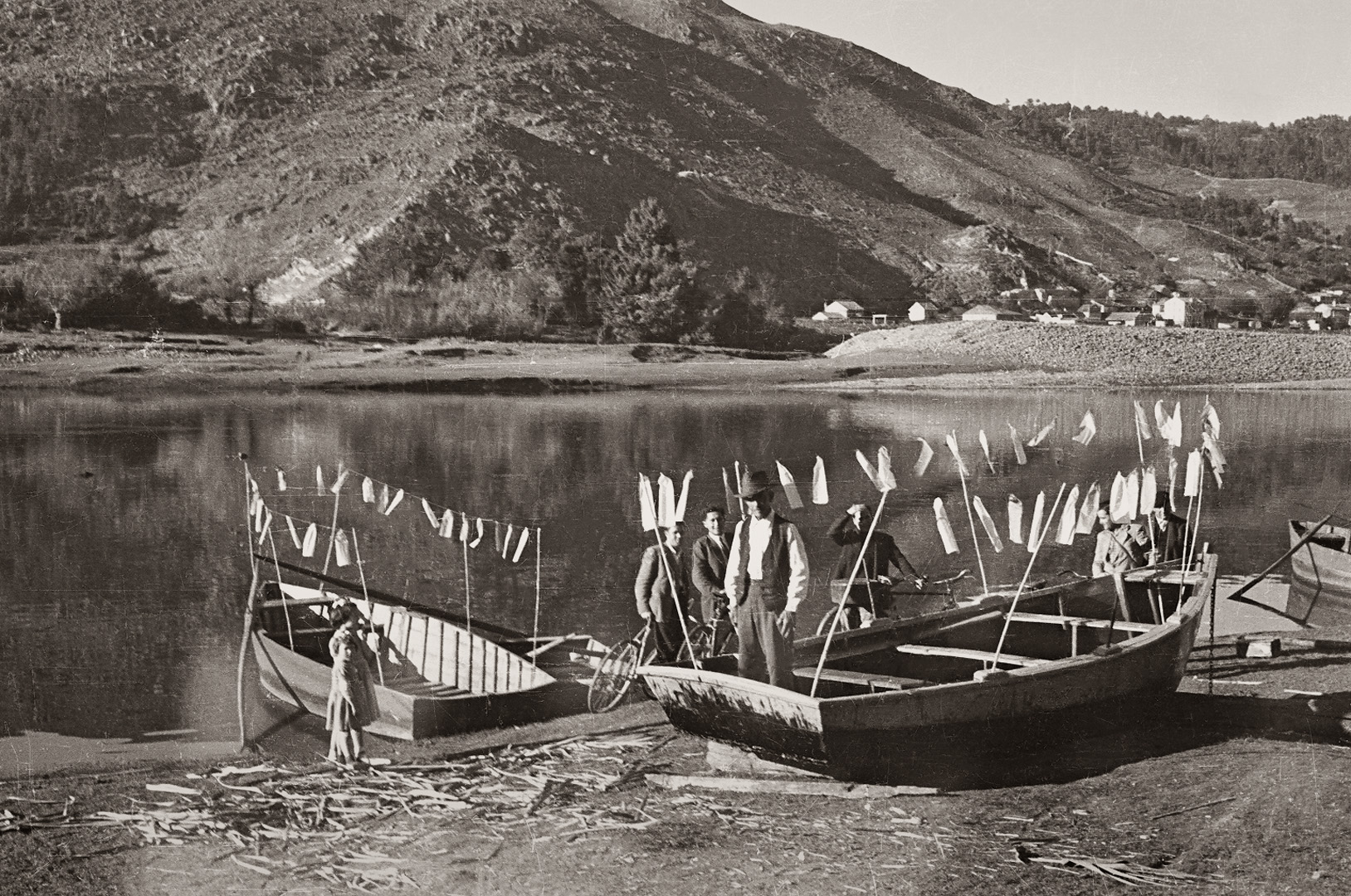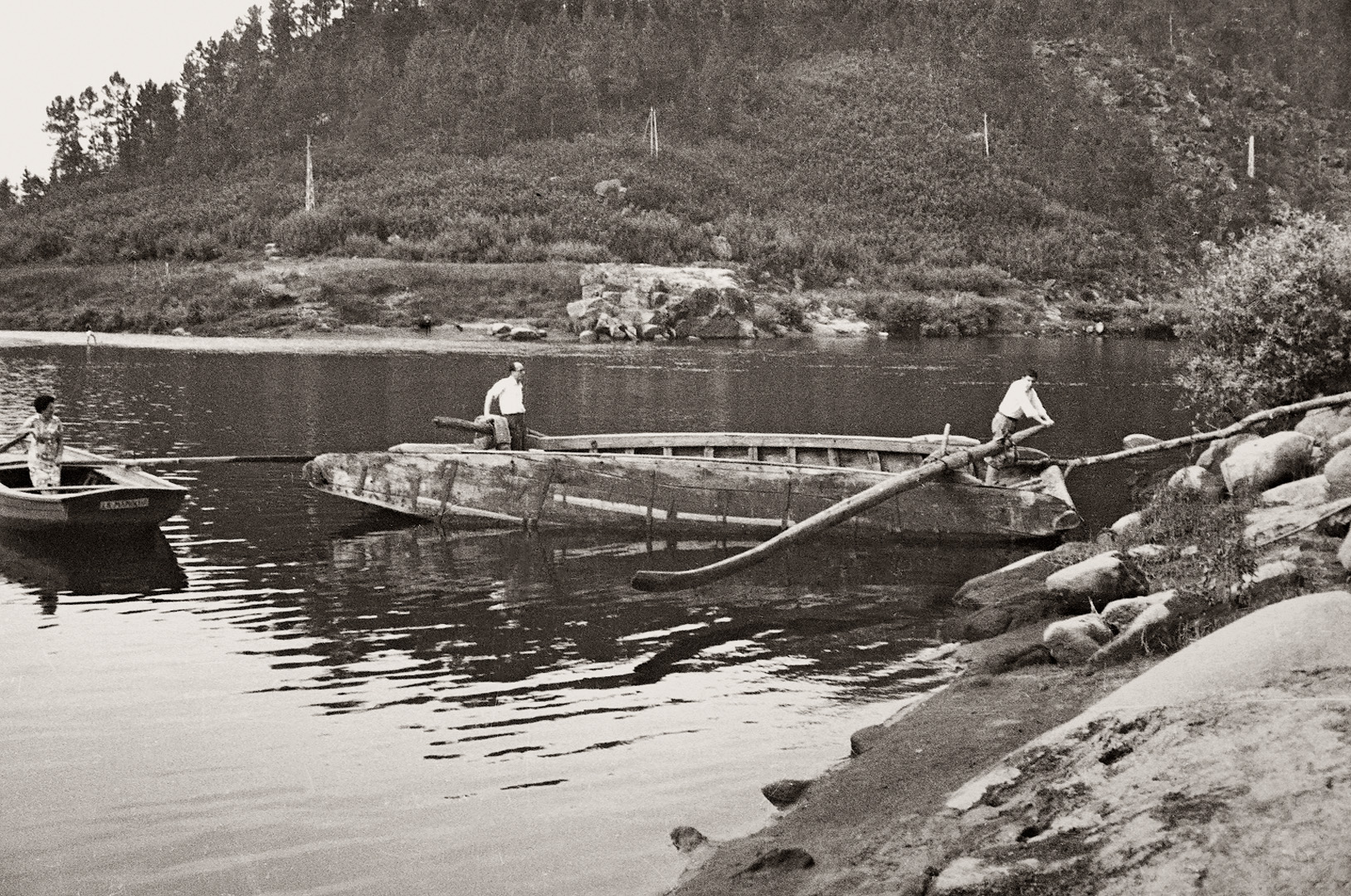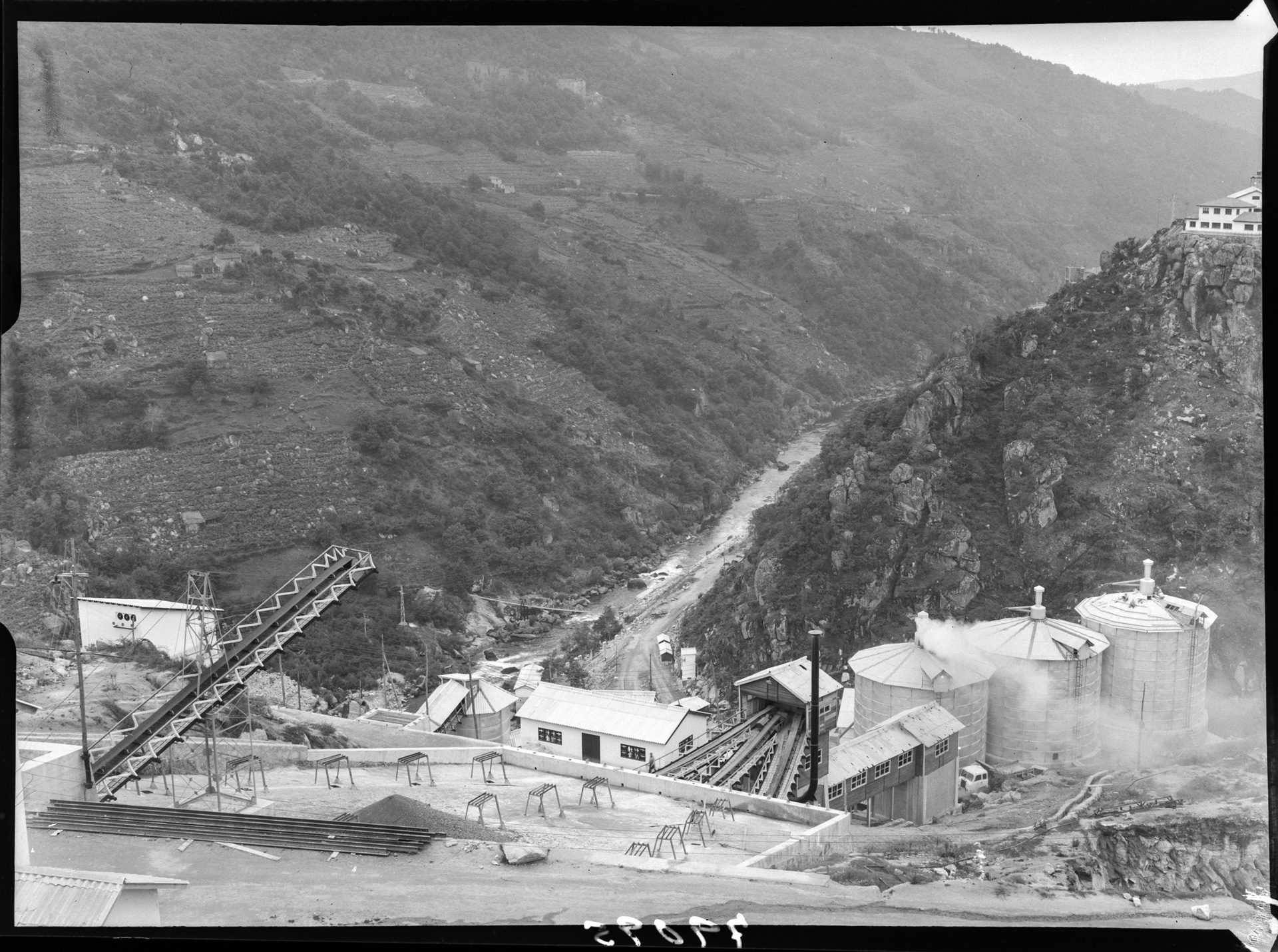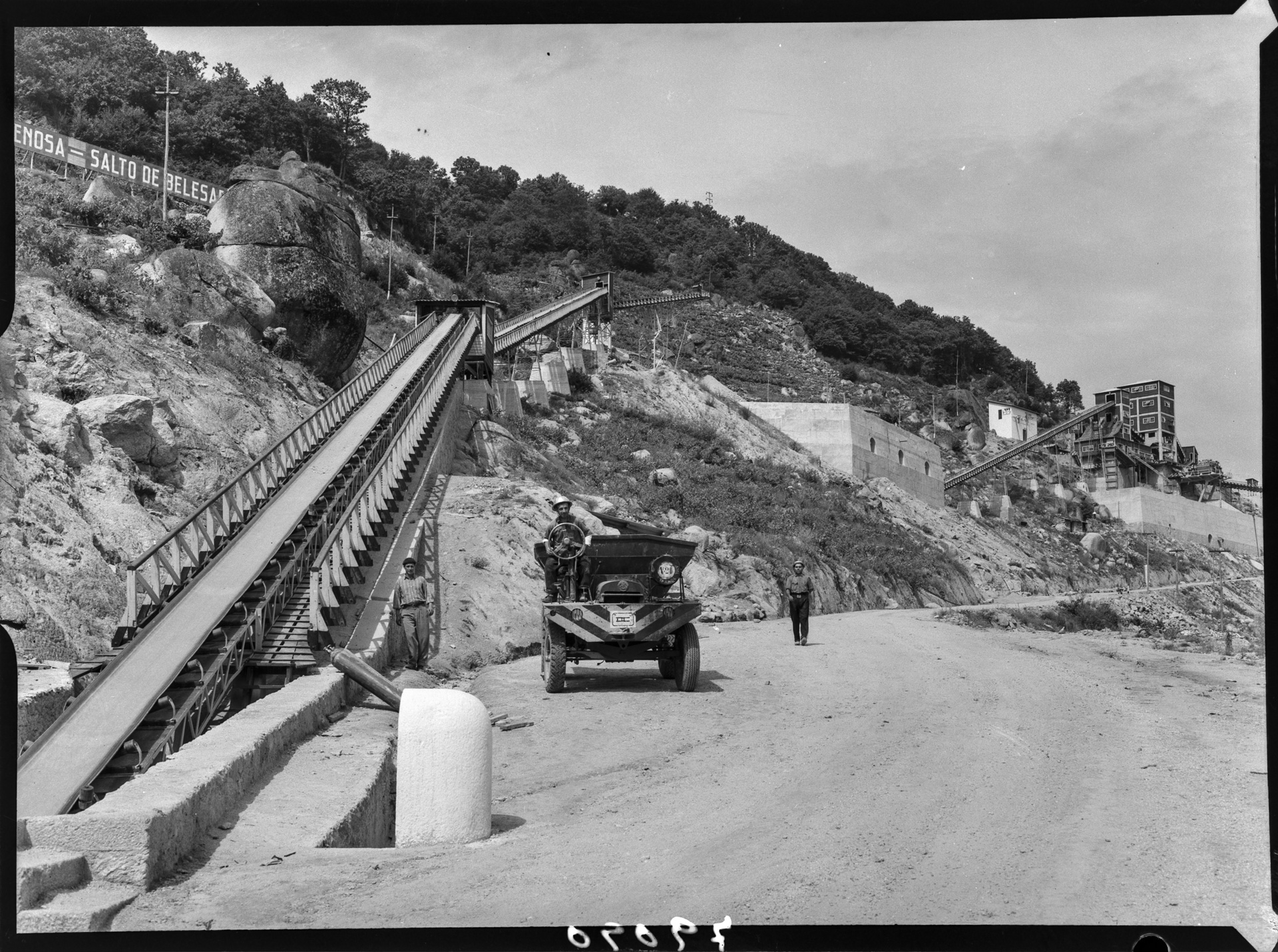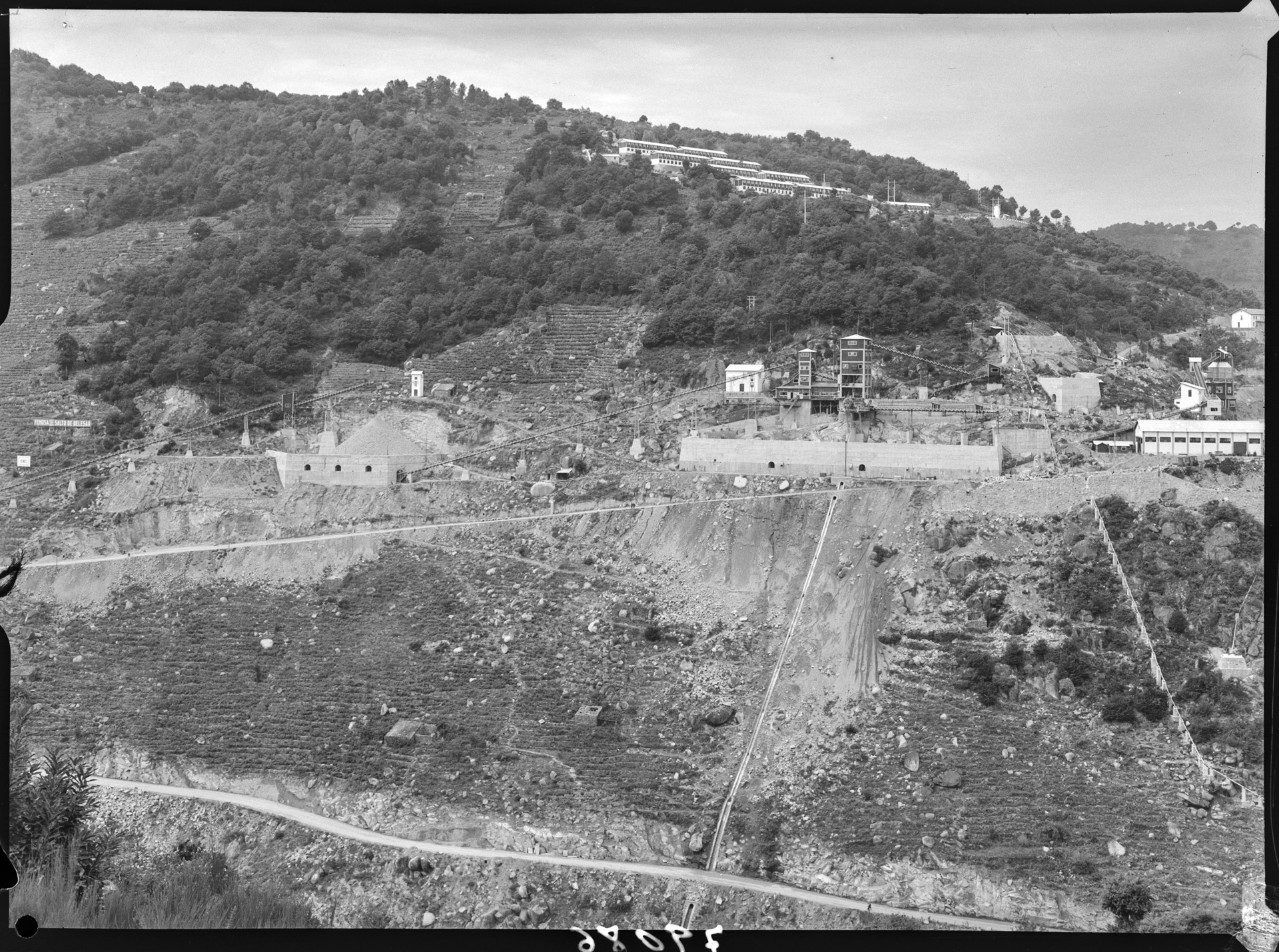
The river accompanies the traveller to the place where time stands still. This is the Ribeira Sacra, ancestral wisdom that awakens our senses today. More alive than ever, the echoes of the Romanesque transcend the vertigo and each season a new panoply of colours appears. It is also a botanical sanctuary, with oaks that are more than half a century old and fields of thousand-year-old vines. The silence of the monasteries is far away. It is a different kind of silence. Sacred.
«Se goza en las orillas del Miño de un ejemplar reposo: parece este río como si estuviera destinado a regar la huerta de un convento, de uno de esos conventos medioevales, que, en el fondo de un valle ubérrimo, lejos de todo trato humano, parecen haberse construido para admirar a Dios en los frutos de la tierra y amarle en la esperanza de una vida de la que ésta del mundo es sólo corta etapa, que por necesidad se pasa y por voluntad se desprecia.»
«Lugo. Del Miño tranquilo»
PEDRO FERRER
Portfolio Galicia
Tenacity and the enthusiasm to preserve the ethnographic, historical and artistic heritage of the Ribeira Sacra lay behind the creation of the Ecomuseum in Arxeriz. Its view of the Cabo do Mundo [Head of the World] is a privileged one. Early in the morning, the fog rises slowly to reveal the backwaters of a spectacular meander. These are the curves of the Minho, Galicia’s inland seas, where the stillness awakens our memory and invites us to reflection.
In another time the two banks and the inhabitants could only be connected by boat. There was an estimated passing point every 5 km so that all kinds of goods and livestock could be unloaded on their way to market. From Portomarín to Nogueira de Ramuín, not forgetting the river Sil crossings, the museum at Arxeriz pays homage to these crossing points.
Two large dams determine the course of the Minho as it runs through the Ribeira Sacra: the Belesar dam, completed in 1963 and, about 30 km downriver, the Os Peares dam, inaugurated in 1955. Gone are the wilful currents that used to create the natural fishponds awaiting the arrival of the trout and salmon that swam up from the mouth of the river. A witness of those times, and now symbol of them is the church of Santa María de Pesqueiras. It marks the death of fluvial culture, a way of life that revolved around the river.
When the sun shines on the eastern slope at winter’s end, the vineyards become golden carpets. The harvest is still months away, but they must be continually maintained. The vines are arrayed in rows along the narrow terraces of sandy soil. These terraces are very steep in places. The effort, heroic. Today they represent an industry of around one hundred wineries. White grapes: albariño, treixadura, godello, dona blanca, torrontés… Red grapes: mencía, brancellao, merenzao, tempranillo, sousón, caiño tinto. From the lightest yellow to carmine red. It all started with the arrival of the monasteries.
